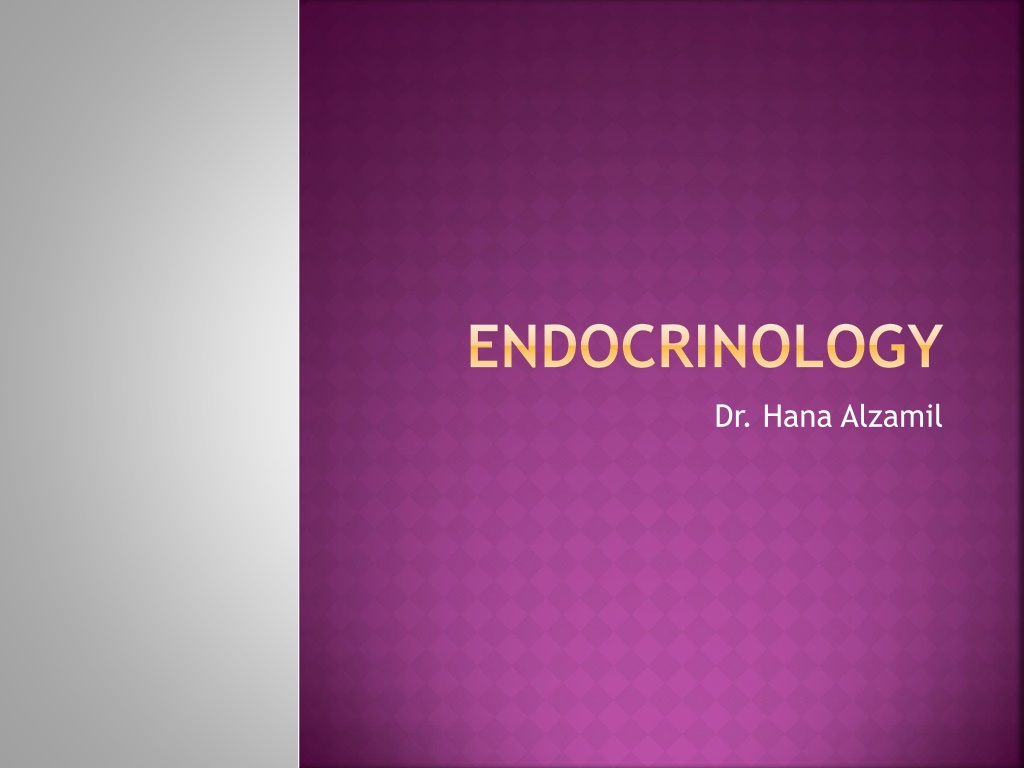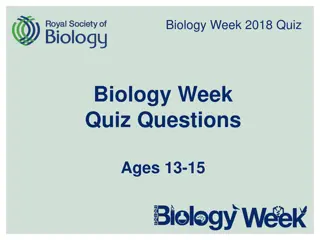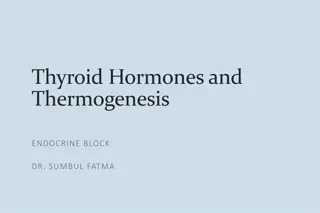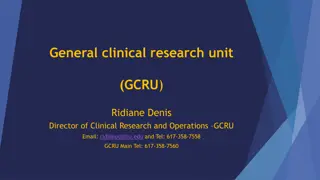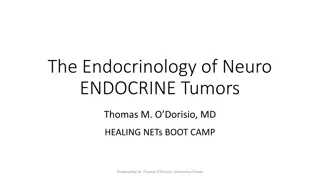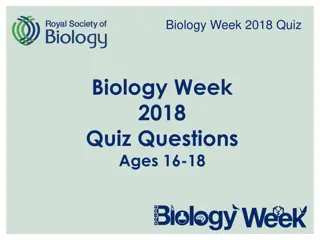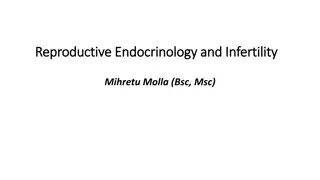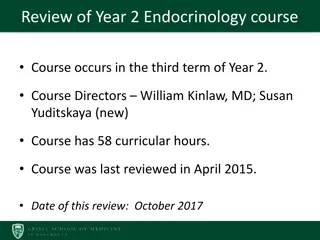ENDOCRINOLOGY
In this informational content, you will learn about endocrinology, focusing on the pituitary glands, anterior pituitary hormones, growth hormone functions, bone growth mechanisms, and more. Explore the physiological functions, regulation, and factors influencing hormone secretions. Discover the connection between the anterior pituitary gland and the hypothalamus, as well as the mechanisms of action and effects of growth hormone on cellular growth, tissues, organs, and bone development. Dive into the intricate stimuli that influence endocrine gland activities.
Download Presentation

Please find below an Image/Link to download the presentation.
The content on the website is provided AS IS for your information and personal use only. It may not be sold, licensed, or shared on other websites without obtaining consent from the author.If you encounter any issues during the download, it is possible that the publisher has removed the file from their server.
You are allowed to download the files provided on this website for personal or commercial use, subject to the condition that they are used lawfully. All files are the property of their respective owners.
The content on the website is provided AS IS for your information and personal use only. It may not be sold, licensed, or shared on other websites without obtaining consent from the author.
E N D
Presentation Transcript
ENDOCRINOLOGY Dr. Hana Alzamil
PITUITARY GLANDS Anterior pituitary hormones GH Physiological functions Regulation of GH secretion Feedback mechanism Factors controlling secretion Prolactin Physiological functions Regulation of prolactin secretion
ENDOCRINE GLAND STIMULI MAY BE HUMORAL, NEURAL, OR HORMONAL.
(ADENOHYPOPHYSIS) Anterior pituitary gland (adenohypophysis) is connected to hypothalamus by portal system: hypothalamic- hypophysial portal vessels .
GROWTH HORMONE (Somatotropin)
MECHANISM OF ACTION DIRECT EFFECT
INDIRECT EFFECT SOMATOMEDINS
FUNCTIONS OF GROWTH HORMONE: A) Long term effect Promotion of growth: cellular sizes & mitosis tissue growth & organ size Indirect effect Depends on somatomedin insulin like growth factor [IGF-I& II] secreted by the liver, which is responsible for effect of GH on bone & cartilage growth and increase the synthesis of protein in skeletal muscles.
MECHANISMS OF BONE GROWTH 1. Linear growth of long bones: Long bones grow in length at epiphyseal cartilages, causing deposition of New Cartilage ( collagen synthesis) followed by its conversion into bone. When bony fusion occurs between shaft & epiphysis at each end, no further lengthening of long bone occur. 2. Deposition of New Bone ( cell proliferation) on surfaces of older bone & in some bone cavities, thickness of bone. Occurs in membranous bones, e.g. jaw, & skull bones.
BONE GROWTH Epiphysis Diaphysis Bone growth Compact bone Dividing chondrocytes Chondrocyte Chondrocytes Cartilage Direction of growth Old chondrocytes Epiphyseal plate Osteoblast Diaphysis Osteoblasts Newly calcified bone
FUNCTIONS OF GROWTH HORMONE: B. Short term Metabolic effects: Protein metabolism (Anabolic) rate of protein synthesis in all cells through: amino acids transport into cells DNA transcription= RNA synthesis RNA translation= protein synthesis protein catabolism protein sparer
FUNCTIONS OF GROWTH HORMONE: Fat metabolism: Catabolic mobilization of FFAs from adipose tissue stores Conversion of FFT to acetyl CoA to provide energy
FUNCTIONS OF GROWTH HORMONE: CHO metabolism: Hyperglycemic glucose uptake by tissues (skeletal muscles and fat). rate of glucose utilization throughout the body glucose production by the liver ( gluconeogenesis) insulin resistance ( FFA) (diabetogenic)
OTHER EFFECTS OF GROWTH HORMONE: Increases calcium absorption from GIT Strengthens and increases the mineralization of bone Retention of Na+ and K+ Increases muscle mass Stimulates the growth of all internal organs excluding the brain Contributes to the maintenance and function of pancreatic islets Stimulates the immune system
CONTROL OF GH SECRETION: 1. The hypothalamus: a. GHRH GH secretion. b. GHIH (somatostatin) GH secretion 2. Hypoglycemia (fasting) GH secretion. (N.B. glucose intake GH secretion). 3. Muscular exercise GH secretion. 4. Intake of protein or amino acids GH secretion (after meals).
CONTROL OF GH SECRETION: 5. During sleep more in children. 6. Stress conditions, e.g. trauma or emotions GH secretion. 7. FFAs GH secretion 8. Grelin (stomach) GH secretion.
ABNORMALITIES OF GH SECRETION GH SECRETION: Signs & symptoms in childhood : Gigantism, as all body tissues grow rapidly, including bones. Height as it occurs before epiphyseal fusion of long bones with their shafts. Hyperglycemia (diabetes). Signs & symptoms in adults : Acromegally, person can t grow taller, BUT soft tissue continue to grow in thickness (skin, tongue, liver, kidney, ) - Enlargement of bones of hands & feet. - Enlargement of membranous bones including cranium, nose, forehead bones, supraorbital ridges. - Protrusion of lower jaw. - Hunched back (kyphosis) (enlargement of vertebrae).
FUNCTIONS OF PROLACTIN The major function of prolactin is milk production Release is inhibited by PIH (dopamine) Suckling response inhibits PIH release
Oxytocin Prolactin
FUNCTIONS OF PROLACTIN Effect on the breast Increases mRNA Increases production of casein and lactalbumin Inhibits the effects of gonadotropins Other effects Stimulates the secretion of dopamine in median eminence (inhibits its own secretion)
CONTROL OF SECRETION PIH (Dopamine) inhibit its secretion Exercise increases PRL secretion Surgical & psychological stress increases PRL secretion Stimulation of the nipple increases PRL secretion Prolctin level rises during sleep Prolctin level rises during pregnancy TRH increases PRL secretion
